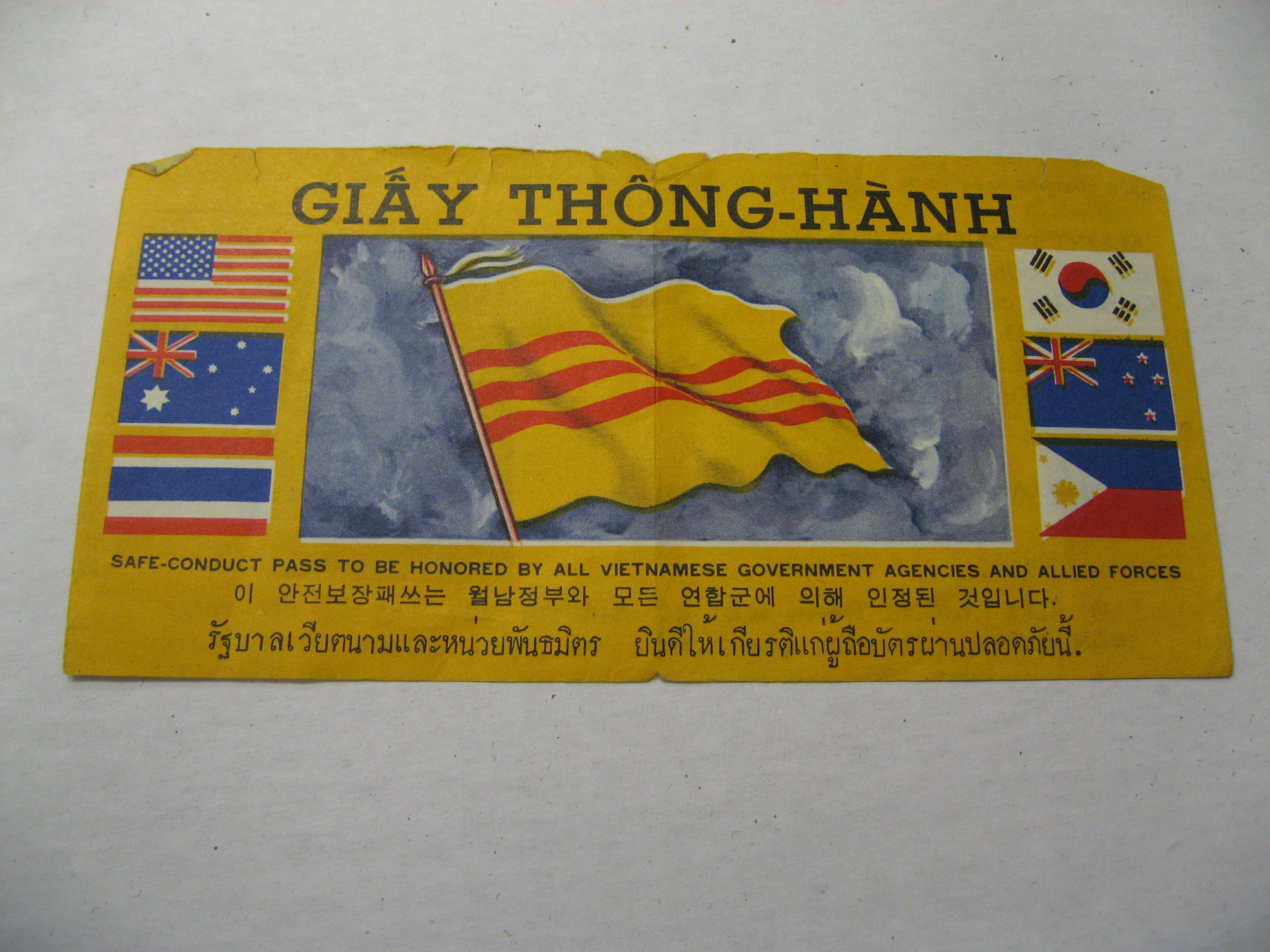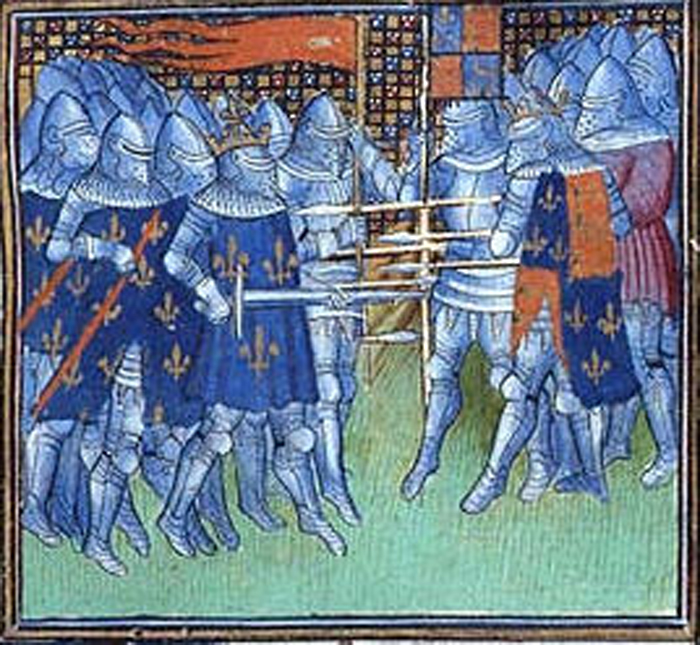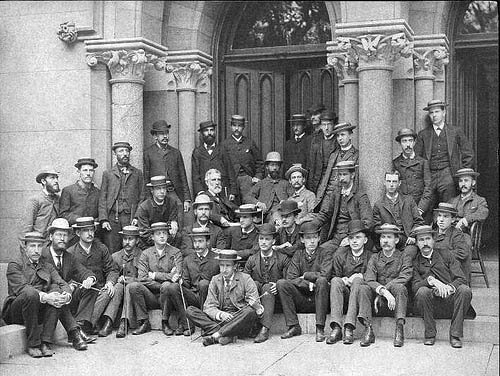|
No Quarter
The phrase no quarter was generally used during military conflict to imply combatants would not be taken prisoner, but killed. According to some modern American dictionaries, a person who is given no quarter is "not treated kindly" or "treated in a very harsh way". Etymology The term may originate from an order by the commander of a victorious army that they will not quarter (house) captured enemy combatants. Therefore, none can be taken prisoner and all enemy combatants must be killed. A second derivation, given equal prominence in the ''Oxford English Dictionary'' (''OED''), is that quarter (n.17) can mean "Relations with, or conduct towards, another" as in Shakespeare's '' Othello'', Act II, scene iii, line 180, "Friends all ... In quarter, and in termes, like bride and groome". So "no quarter" may also mean refusal to enter into an agreement (relations) with an enemy attempting to surrender. The ''OED'' mentions a third possible derivation but says "The assertion of ... [...More Info...] [...Related Items...] OR: [Wikipedia] [Google] [Baidu] |
Prisoner Of War
A prisoner of war (POW) is a person who is held captive by a belligerent power during or immediately after an armed conflict. The earliest recorded usage of the phrase "prisoner of war" dates back to 1610. Belligerents hold prisoners of war in custody for a range of legitimate and illegitimate reasons, such as isolating them from the enemy combatants still in the field (releasing and repatriating them in an orderly manner after hostilities), demonstrating military victory, punishing them, prosecuting them for war crimes, exploiting them for their labour, recruiting or even conscripting them as their own combatants, collecting military and political intelligence from them, or indoctrinating them in new political or religious beliefs. Ancient times For most of human history, depending on the culture of the victors, enemy fighters on the losing side in a battle who had surrendered and been taken as prisoners of war could expect to be either slaughtered or enslaved. E ... [...More Info...] [...Related Items...] OR: [Wikipedia] [Google] [Baidu] |
Battle Cry
A battle cry or war cry is a yell or chant taken up in battle, usually by members of the same combatant group. Battle cries are not necessarily articulate (e.g. "Eulaliaaaa!", "Alala"..), although they often aim to invoke patriotic or religious sentiment. Their purpose is a combination of arousing aggression and esprit de corps on one's own side and causing intimidation on the hostile side. Battle cries are a universal form of display behaviour (i.e., threat display) aiming at competitive advantage, ideally by overstating one's own aggressive potential to a point where the enemy prefers to avoid confrontation altogether and opts to flee. In order to overstate one's potential for aggression, battle cries need to be as loud as possible, and have historically often been amplified by acoustic devices such as horns, drums, conches, carnyxes, bagpipes, bugles, etc. (see also martial music). Battle cries are closely related to other behavioral patterns of human aggression, such ... [...More Info...] [...Related Items...] OR: [Wikipedia] [Google] [Baidu] |
Safe Conduct
Safe conduct, safe passage, or letters of transit, is the situation in time of international conflict or war where one state, a party to such conflict, issues to a person (usually an enemy state's subject) a pass or document to allow the enemy alien to traverse its territory without harassment, bodily harm, or fear of death. Safe conduct is only granted in exceptional circumstances. It may be given to an enemy to allow retreat under surrender terms, or for a meeting to negotiate; to a stateless person; or to somebody who for some reason would normally not be able to pass. A vanquished enemy can also be given, or offered quarter, i.e. be spared, be promised or guaranteed mercy. The term 'safe conduct' is also used to mean the document authorizing this security. In Islamic law, safe conduct or pledge of safety ('' amān'') can be granted to foreigners or dhimmi residents ('' musta'min'') while they travel or reside in Islamic-ruled lands. In the early Middle Ages, during som ... [...More Info...] [...Related Items...] OR: [Wikipedia] [Google] [Baidu] |
Oriflamme
The Oriflamme (from Latin ''aurea flamma'', "golden flame"), a pointed, blood-red banner flown from a gilded lance, was the battle standard of the King of France in the Middle Ages. The oriflamme originated as the sacred banner of the Abbey of St. Denis, a monastery near Paris. When the oriflamme was raised in battle by the French royalty during the Middle Ages, most notably during the Hundred Years War, no prisoners were to be taken until it was lowered. Through this tactic they hoped to strike fear into the hearts of the enemy, especially the nobles, who could usually expect to be taken alive for ransom during such military encounters. In French, the term "''oriflamme''" has come to mean any banner with pointed ends, by association with the form of the original. Legendary origin The Oriflamme was mentioned in the eleventh-century ballad the ''Chanson de Roland'' (vv. 3093–5) as a royal banner, first called ''Romaine'' and then ''Montjoie''. According to legend, Charlemagn ... [...More Info...] [...Related Items...] OR: [Wikipedia] [Google] [Baidu] |
Ordinance Of No Quarter To The Irish
The ordinance of no quarter to the Irish was a decree of the English Long Parliament passed on 24 October 1644 in response to the Irish Confederation of Kilkenny threat to send troops from Ireland to support King Charles I during the English Civil War. The decree ordered Parliamentary officers to give no quarter to Irish soldiers fighting in England and Wales, and Irish Confederate sailors at sea who surrendered. Context The Kilkenny Confederacy sent 2,000 troops in three regiments under the command of Alasdair MacColla to support Montrose's Royalist army in Scotland who were fighting against the Covenanters in 1644. During the years 1643 and 1644 they also promised to send 10,000 troops to England and Wales. The troops were never sent, because the negotiations with Charles I broke down over the public practice of Catholicism and the independence of the Irish Parliament. A ceasefire deal between the Irish Confederates and English Royalists did result in the return of some 5,0 ... [...More Info...] [...Related Items...] OR: [Wikipedia] [Google] [Baidu] |
List Of Established Military Terms
This is a list of established military terms which have been in use for at least 50 years. Since technology and doctrine have changed over time, not all of them are in current use, or they may have been superseded by more modern terms. However, they are still in current use in articles about previous military periods. Some of them like ''camouflet'' have been adapted to describe modern versions of old techniques. Administrative * Cantonment: a temporary or semi-permanent military quarters; in South Asia, the term cantonment also describes permanent military stations. * Logistics * Materiel (also ''matériel'') * Military supply chain management * Staging area Intelligence * Signals intelligence (SIGINT) and signals intelligence in modern history ** Electronic intelligence (ELINT) *** High-frequency direction finding (nicknamed ''huff-duff'') is the common name for a type of radio direction finding employed especially during the two world wars. ** Communications intelligence (CO ... [...More Info...] [...Related Items...] OR: [Wikipedia] [Google] [Baidu] |
Yale Law School
Yale Law School (Yale Law or YLS) is the law school of Yale University, a private research university in New Haven, Connecticut. It was established in 1824 and has been ranked as the best law school in the United States by '' U.S. News & World Report'' every year between 1990 and 2022, when Yale made a decision to voluntarily pull out of the rankings, citing issues with the rankings' methodology. One of the most selective academic institutions in the world, the 2020–21 acceptance rate was 4%, the lowest of any law school in the United States. Its yield rate of 87% is also consistently the highest of any law school in the United States. Yale Law alumni include many prominent figures in law and politics, including United States presidents Gerald Ford and Bill Clinton and former U.S. secretary of state and presidential nominee, Hillary Clinton. Alumni also include current United States Supreme Court associate justices Clarence Thomas, Samuel Alito, Sonia Sotomayor and ... [...More Info...] [...Related Items...] OR: [Wikipedia] [Google] [Baidu] |
Avalon Project
The Avalon Project is a digital library of documents relating to law, history and diplomacy. The project is part of the Yale Law School Lillian Goldman Law Library. The project contains online electronic copies of documents dating back to the beginning of history, making it possible to study the original text of not only very famous documents such as ''Magna Carta'', the English Bill of Rights, and the United States Bill of Rights, but also the text of less well known but significant documents which mark turning points in the history of law and rights. The site has full search facilities and a facility to electronically compare the text of two documents. It also hosts ''Project Diana: An Online Human Rights Human rights are moral principles or normsJames Nickel, with assistance from Thomas Pogge, M.B.E. Smith, and Leif Wenar, 13 December 2013, Stanford Encyclopedia of PhilosophyHuman Rights Retrieved 14 August 2014 for certain standards of hu ... Archive''. Refere ... [...More Info...] [...Related Items...] OR: [Wikipedia] [Google] [Baidu] |
Customary International Law
Customary international law is an aspect of international law involving the principle of custom. Along with general principles of law and treaties, custom is considered by the International Court of Justice, jurists, the United Nations, and its member states to be among the primary sources of international law. Many governments accept in principle the existence of customary international law, although there are differing opinions as to what rules are contained in it. In 1950, the International Law Commission listed the following sources as forms of evidence of customary international law: treaties, decisions of national and international courts, national legislation, opinions of national legal advisors, diplomatic correspondence, and practice of international organizations. In 2018, the Commission adopted Conclusions on Identification of Customary International Law with commentaries. The United Nations General Assembly welcomed the Conclusions and encouraged their widest possi ... [...More Info...] [...Related Items...] OR: [Wikipedia] [Google] [Baidu] |
Nuremberg Trials
The Nuremberg trials were held by the Allies of World War II, Allies against representatives of the defeated Nazi Germany, for plotting and carrying out invasions of other countries, and other crimes, in World War II. Between 1939 and 1945, Nazi Germany invaded many countries across Europe, inflicting 27 million deaths in the Soviet Union alone. Proposals for how to punish the defeated Nazi leaders ranged from a show trial (the Soviet Union) to summary executions (the United Kingdom). In mid-1945, France, the Soviet Union, the United Kingdom, and the United States agreed to convene a joint tribunal in Nuremberg, with the Nuremberg Charter as its legal instrument. Between 20 November 1945 and 1 October 1946, the International Military Tribunal (IMT) tried 21 of the most important surviving leaders of Nazi Germany in the political, military, and economic spheres, as well as six German organizations. The purpose of the trial was not just to convict the defendants but also to as ... [...More Info...] [...Related Items...] OR: [Wikipedia] [Google] [Baidu] |
Crimes Against Humanity
Crimes against humanity are widespread or systemic acts committed by or on behalf of a ''de facto'' authority, usually a state, that grossly violate human rights. Unlike war crimes, crimes against humanity do not have to take place within the context of war, and apply to widespread practices rather than acts committed by individuals. Although crimes against humanity apply to acts committed by or on behalf of authorities, they need not be official policy, and require only tolerance rather than explicit approval. The first prosecution for crimes against humanity took place at the Nuremberg trials. Initially being considered for legal use, widely in international law, following the Holocaust a global standard of human rights was articulated in the Universal Declaration of Human Rights (1948). Political groups or states that violate or incite violation of human rights norms, as found in the Declaration, are an expression of the political pathologies associated with crimes against ... [...More Info...] [...Related Items...] OR: [Wikipedia] [Google] [Baidu] |





